Disclosure: We may get commissions for purchases made through links in this post.
Also called paving stones, pavers are construction units typically used for exterior floors and pathways. Since these materials become exposed to the elements, do they become hot? We researched different paver materials to check if they get hot, and here’s what we found.
All pavers generally retain a certain degree of heat. However, some paver materials typically get hotter than others. Bluestone, brick, and cement are some main paver components that can get exceptionally hot in the summer. On the other hand, materials like cement, limestone, and rubber might be better choices for regions experiencing frequent hot weather.
It’s advisable to understand the different paver materials to find out which choice is the best for your specific requirements. Keep reading as we discuss the different pavers in greater detail. We’ll also tackle some ways to keep pavers cool.
![Newly installed brown brick texture concrete pavers, Do Pavers Get Hot? [Including Bluestone, Travertine, Brick, Rubber, & More!]](https://pavingplatform.com/wp-content/uploads/2022/02/Do-Pavers-Get-Hot-Including-Bluestone-Travertine-Brick-Rubber-More-800x1200.png)
Do Pavers Conduct Heat?
Some pavers conduct and/or retain heat when exposed to fairly high temperatures. In this section, you'll learn about some materials used as pavers and if they have heat-conducting or retaining properties.
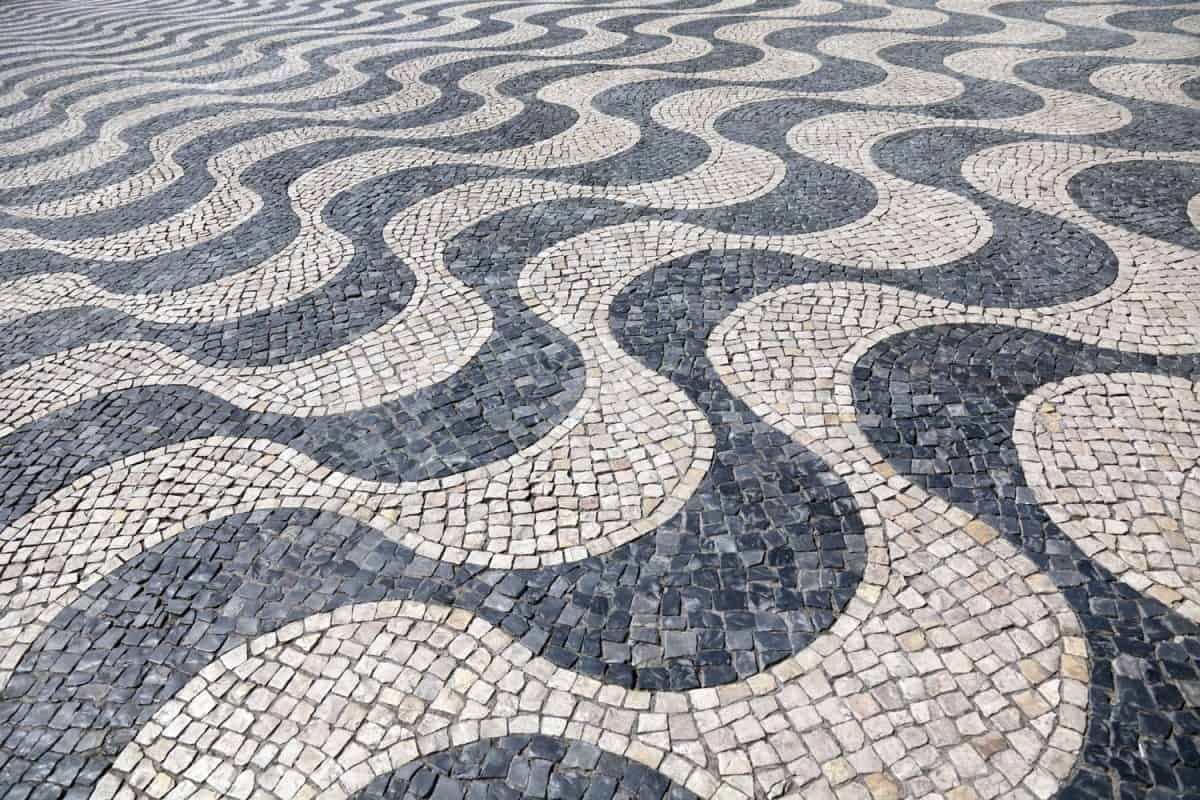
Limestone
Limestone pavers are ideal for properties with hot climate because it demands massive temperatures before they can get hot. It requires over 1,000 degrees Fahrenheit before this material gets damaged from heat.
Limestone, particularly travertine, can deflect heat and light. It's quick-cooling and can also act as reasonably good insulation. It’s because limestone is a porous substance, allowing the transfer of heat to the surface underneath the material.
Bluestone
Pavers using bluestone as the primary material can become hot when hit with direct sunlight.
In particular, lot owners that use bluestone to surround swimming pools may find it challenging to walk around the perimeter barefoot. One way to combat this issue is to advise people to wear appropriate footwear before stepping on the paver.
Cement
Cement in concrete pavers doesn't usually get hot even when laid under direct sunlight. However, it can still become fairly warm during hot days but it typically won’t scald bare feet.
Still, walking on concrete pavers if the outside temperature is around 90 degrees Fahrenheit might still be uncomfortably warm on bare skin.
Rubber
Pavers take advantage of recycled rubber materials that can be great options for homes in regions experiencing frequent hot weather. Rubber pavers can also help eliminate the heat felt on the feet, making them an ideal choice for swimming pool areas.
Brick
Brick generally has heat-absorbent properties, making it unbearably hot in the summer. Moreover, this material can typically preserve the collected heat for extended periods, which may make it ideal for properties in a cold climate.
Take note that brick’s heat-persisting qualities make it a good choice for things like ovens.
Common Materials For Making Pavers
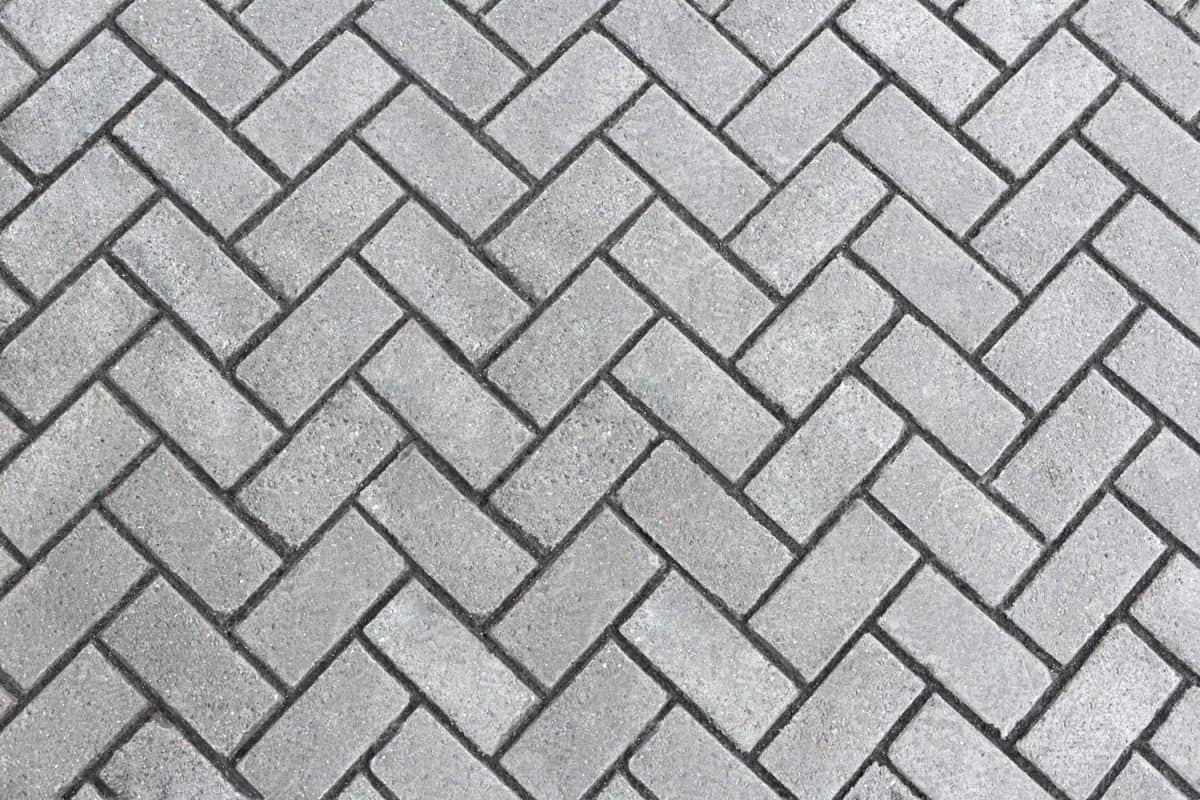
Pavers typically come in different materials with each option delivering different advantages and shortcomings. Some of the primary mediums used to create these blocks or slabs include:
Travertine
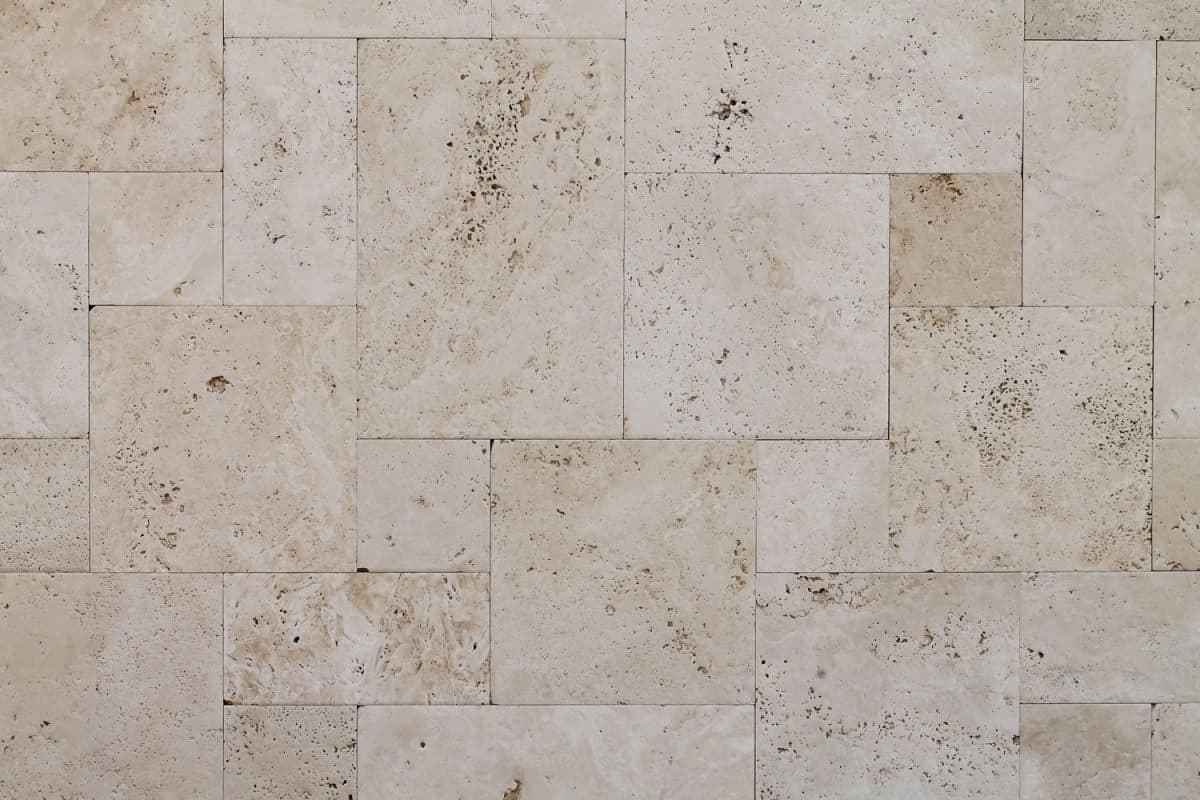
Travertine is a class of limestone created from mineral deposits acquired from natural springs. Manufacturers gather the material from sediments developed by the fast precipitation of calcite or calcium carbonate. If mixed with other materials, travertine tiles can develop unique yet aesthetically pleasing swirls.
Property owners may choose travertine tiles for their pavers because of their reasonably inexpensive costs. Paver installations with this material typically have a $3.98 per square foot overhead on average.
Interested customers should expect the price to differ based on the tiles’ features. But the expenses should still be within the range of $3.17 to $4.79.
You can also read this post on the durability of travertine to gain additional insight into this material's sturdiness.
Check out these travertine wall and floor tiles on Amazon.
Bluestone
Bluestone is a fairly common stone used in constructing different fixtures, particularly in landscaping. It comes in different shapes and sizes but property owners have the option to cut this material to preferred looks.
Perhaps it’s the aesthetic appeal of bluestone that is one of the main reasons for many homeowners' penchant for this material for their pavers. It generally has earth-tone colors that often complement most landscape designs.
Moreover, bluestone typically has a reasonably strong resistance against inclement weather and temperature. Significant wear and tear won't form even after being subjected to blizzards or desert heat.
Concrete
Although often used interchangeably, concrete is different from cement. Cement is generally one of the ingredients to create concrete. The other components are water and an aggregate of materials (e.g., gravel, rock, or sand).
One of the endearing qualities of concrete pavers is their ability to withstand strong pressure. If installed correctly, the material can withstand at least 3,000 pounds per square inch. Quality concrete finishes may hold at least 8,000 per square inch.
Check out this Portland cement on Amazon.
Rubber
Rubber manufacturers often use recycled materials to develop this product for it to be used in construction. One of the components typically used to create this paver material is unused tires. Then, producers would mix a binding agent like polyurethane to create the rubber finish.
With rubber pavers, individuals may experience peace of mind, knowing that the material's excellent shock-absorbent traits are generally higher than other options like stone. Plus, rubber typically provides great traction, which reduces the risks of falls and slippage.
Check out this rubber paver on Amazon.
Brick
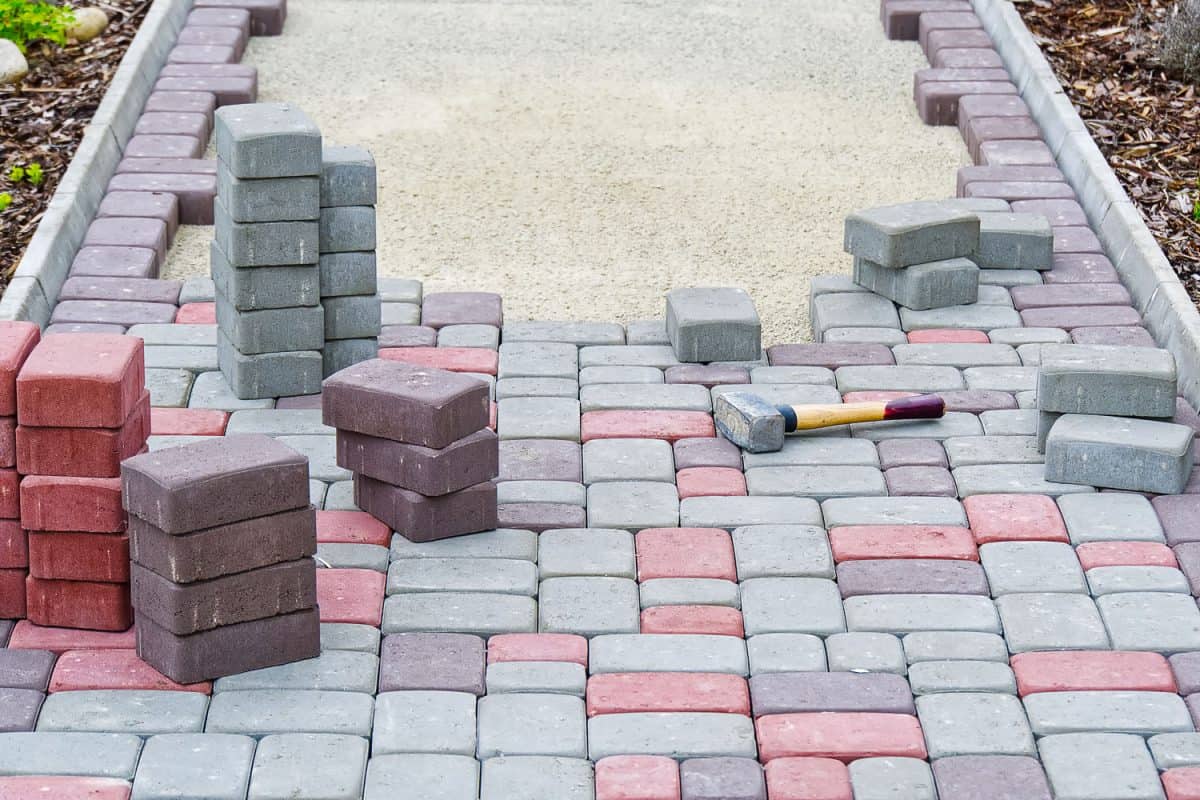
Generally, brick is a mixture of ground clay with water. Manufacturers form it into different shapes with the rectangular form being one of the common appearances.
Many homeowners choose brick as the main material for their pavers because of its low-maintenance characteristics. Moreover, it’s an eco-friendly material that has a relatively long lifespan. A well-maintained brick can last 100 years or more.
Additionally, you might want to look into this post on the possibility of using Coventry bricks for driveways.
How Do I Keep My Pavers From Getting Hot?
Lot owners can use different solutions to help keep their pavers cool, especially in the summer. Here are some methods you may take advantage of:
- Rinse with a garden hose. Spraying water on hot pavers can help cool these fixtures almost instantly. However, this method is a temporary solution at best.
- Install fans near the pavers. Aside from fans, outdoor air circulators may also be quite efficient at keeping these fixtures as cool as possible.
- Plant shady trees. Tall plants along the pavers’ perimeter can help block the sun from heating the construction directly.
- Install an awning over the paver. Permanent or retractable options exist, but base your purchasing decision on your property’s specific demands.
Another option is to seal the paver with a heat-resistant coating. However, this product may only last about over a year before it dissipates. Property owners should take note of this period to ensure their pavers remain as cool as possible every year.
You can watch the short clip below to learn more about sealing pavers to reduce heat:
Check out this paver sealer on Amazon.
Final Thoughts
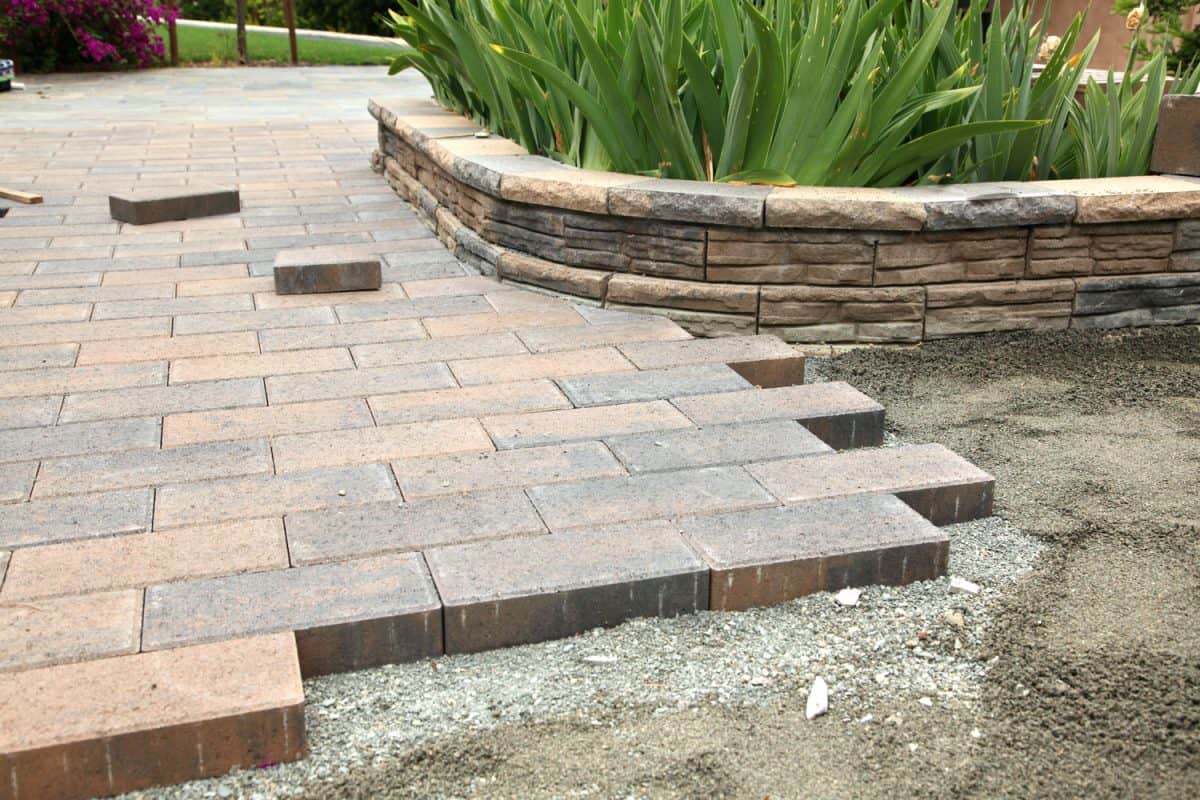
Paver materials can get hot. However, the different materials used to create these fixtures have dissimilar levels of contracting and retaining heat. Property owners may want to choose materials like limestone and rubber as opposed to brick or bluestone to avoid scalding their bare feet.





![Vibrant Red Paver Stone Path, Can You Spray Paver Sealer? [How To Apply It]](https://pavingplatform.com/wp-content/uploads/2022/04/Vibrant-Red-Paver-Stone-Path-600x400.jpg)
![Properly laid out red pavers for a garden, Can You Tint Paver Sealer? [And How To]](https://pavingplatform.com/wp-content/uploads/2022/04/Properly-laid-out-red-pavers-for-a-garden-600x400.jpg)
